1. Penguins

Penguins, especially species like the Adélie, are famous for returning year after year to the same nest, reinforcing the idea of lifelong partners. However, behind this loyal facade, penguins often engage in side flings during the mating season. These secret encounters increase genetic variety in their offspring, revealing that while social bonds are strong, sexual fidelity isn’t always guaranteed in the penguin world.
2. Swans

Swans are widely admired as symbols of lifelong devotion, famously thought to mate for life. However, genetic testing tells a more complex story. Studies show that up to 30% of cygnets (baby swans) are not fathered by the social partner who tends the nest. Both swan males and females sometimes mate outside the pair bond, suggesting that cheating is a common strategy to diversify offspring genes and increase reproductive success, despite their elegant appearance of monogamy.
3. Barn Swallows
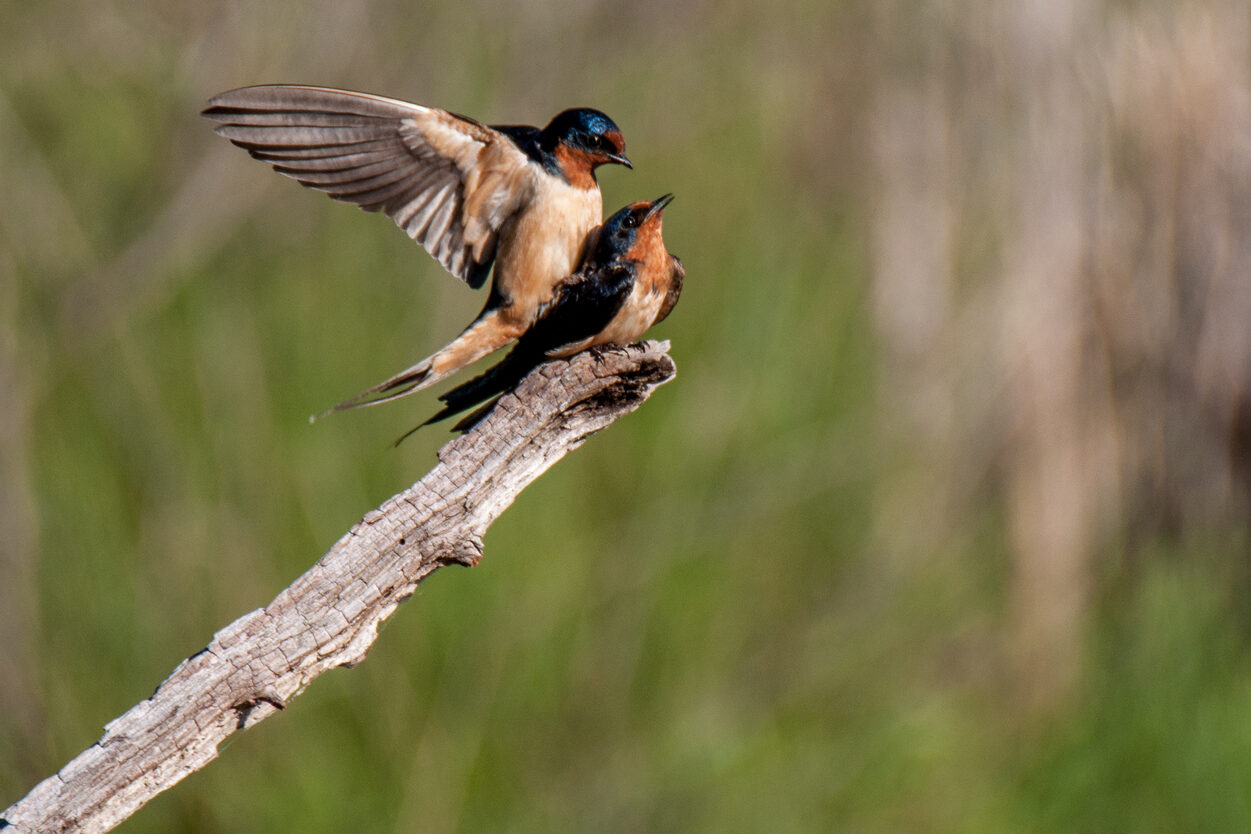
After mating, Barn swallows often nest as pairs, flying close together and sharing parental duties, which looks like a classic example of monogamy. Still, science reveals a different reality: both male and female barn swallows frequently engage in extra-pair mating. These secretive encounters mean that many chicks in the nest are fathered by males outside the socially recognized pair, challenging the notion that barn swallows are strictly faithful.
4. Songbirds
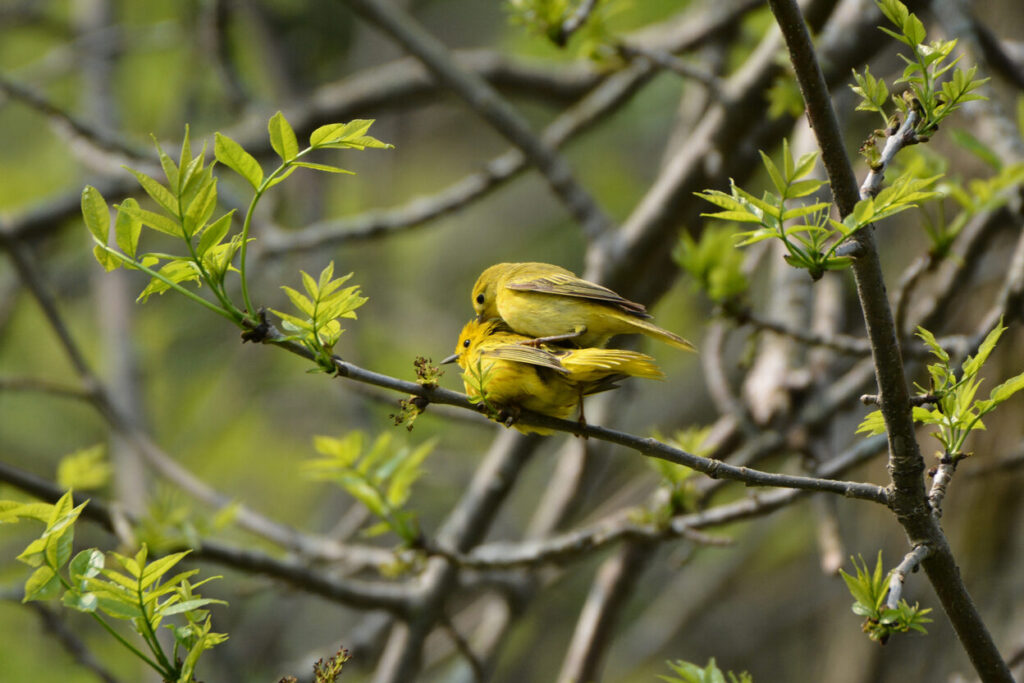
Songbirds as a group are famous for their social monogamy, often forming pairs and jointly raising young. Yet, genetic studies show widespread infidelity, especially in dense populations where extra-pair copulations are easier to hide. For many species, what looks like lifelong fidelity is in fact a socially bonded partnership with relatively frequent instances of extra-pair paternity, highlighting a gap between behavior and genetics.
5. Zebra Finches
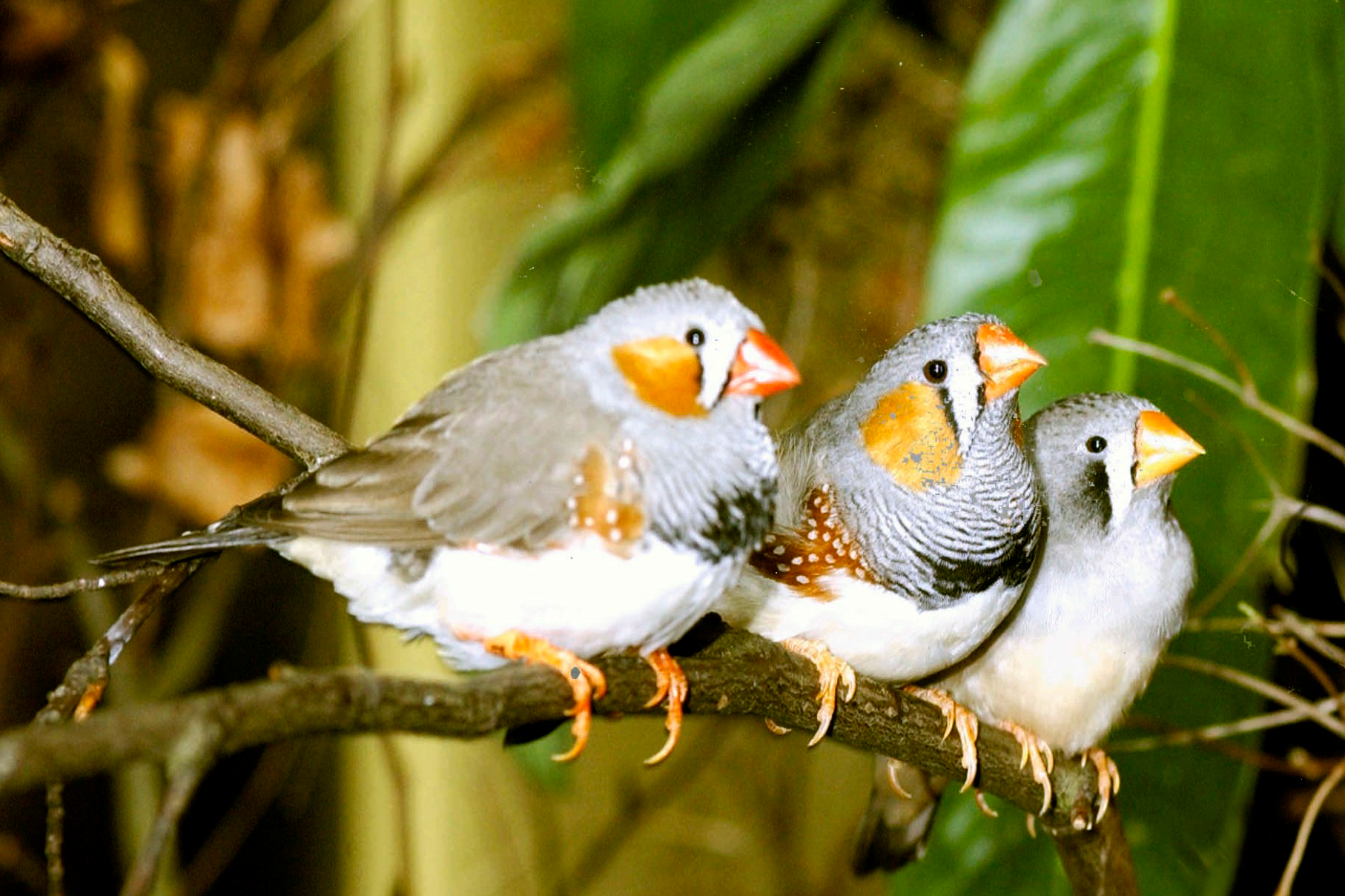
Zebra finches have become a go-to species in research on monogamy. These birds form stable pair bonds in captivity and the wild, sharing nesting and feeding duties. Despite this, female zebra finches sometimes sneak off to mate with genetically superior males, seeking to enhance the fitness of their offspring. This behavior complicates the picture of pure monogamy, showing a nuanced blend of pair bonding and opportunistic mating.
6. Razorbills
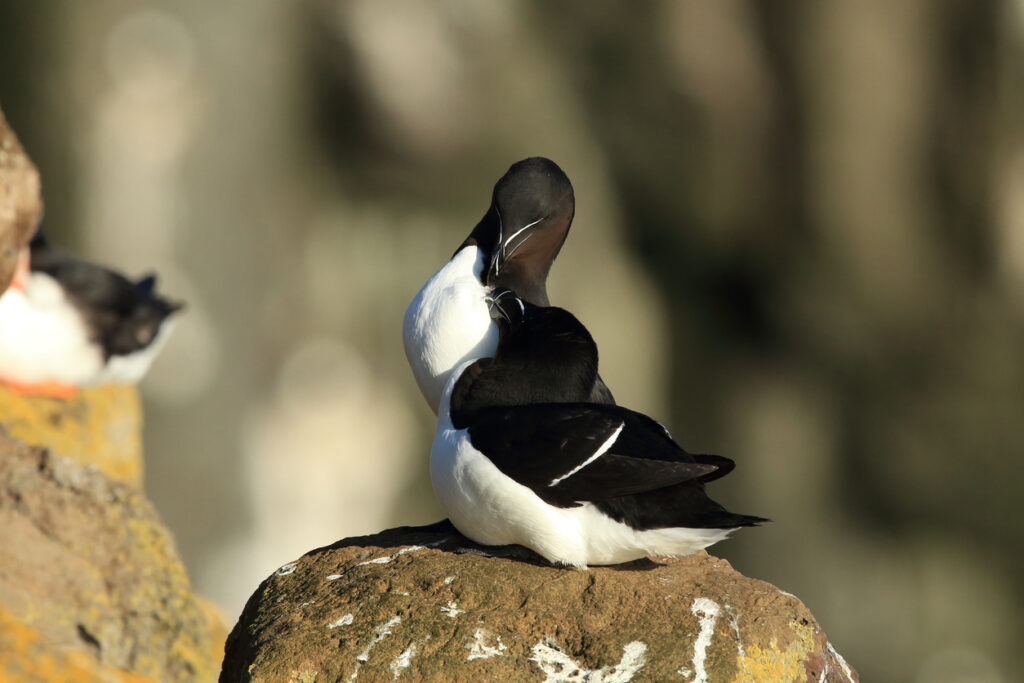
Razorbills charm observers with adorable courtship rituals and melodious duet calls that seem to celebrate their monogamous union. However, DNA testing reveals a contrast: many of the chicks born in razorbill nests are sired by males outside the social pair. This genetic evidence shows that despite their affectionate displays, razorbills engage in secret affairs, adding layers to our understanding of avian relationships.
7. Eastern Bluebirds
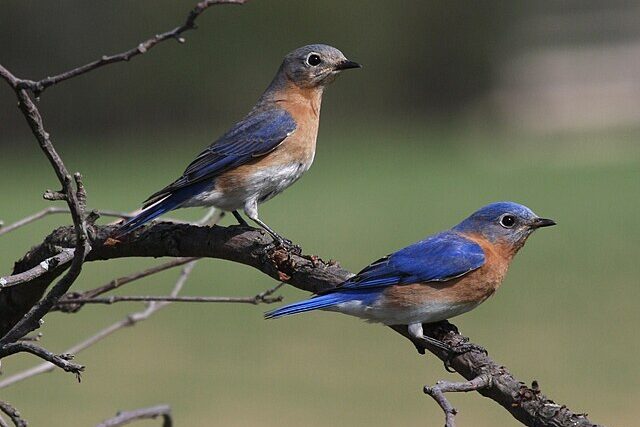
Eastern Bluebirds typically form pairs and raise their young together in peaceful nests. Despite this cooperative parenting, studies show that both males and females sometimes mate outside their pair bond. These extra-pair matings increase genetic diversity and may offer offspring fitness advantages. So, while they look like devoted couples, Eastern Bluebirds keep their options open, balancing social commitment with reproductive strategies.
8. Humans

Humans are often cited as socially monogamous animals, with many cultures valuing lifelong partnerships. Yet scientific research confirms that social monogamy doesn’t always reflect sexual monogamy. Across societies and history, people have engaged in extra-pair relationships, making us part of the animal kingdom’s complex mating strategies. This blend of loyalty and occasional infidelity highlights the nuanced nature of human relationships.
This story 9 Animals That Fake Monogamy, But Secretly Cheat was first published on Daily FETCH


